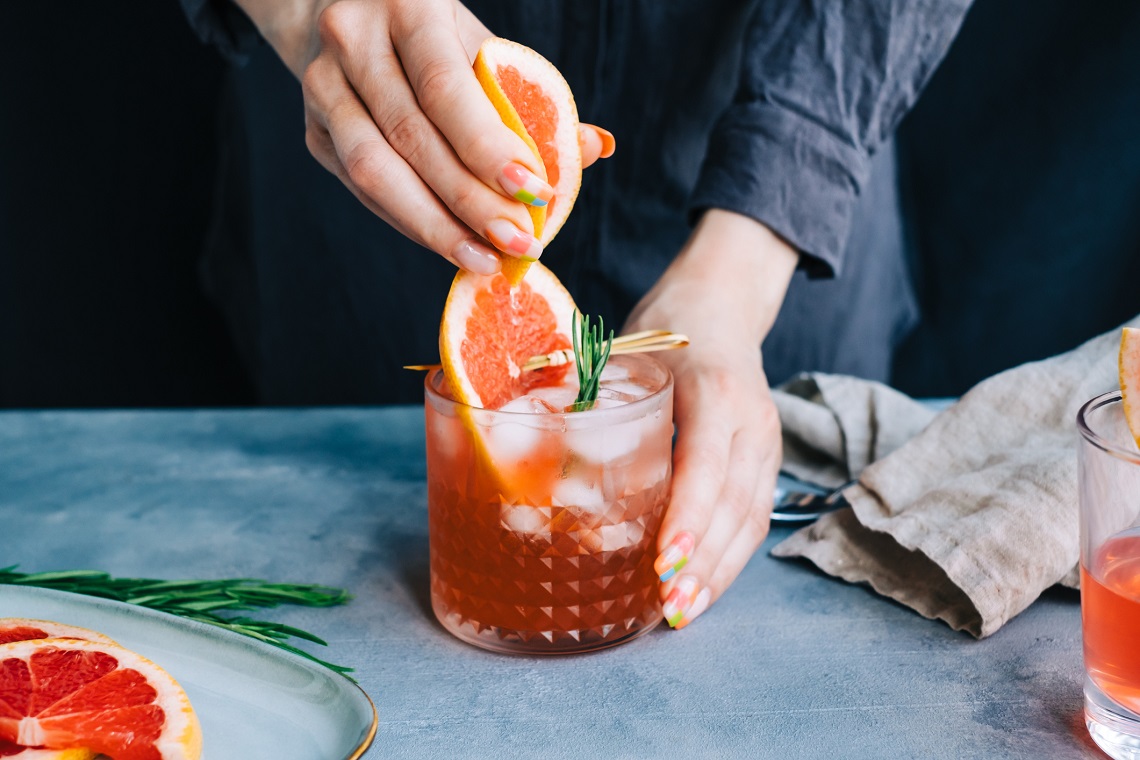By Antonia Tolich, Consultant at IRI.
The phrase ‘new normal’ has become ubiquitous as the COVID-19 pandemic continues to dramatically impact most aspects of our lives, including our shopping and consumption behaviours.
In addition to being in the midst of a pandemic-induced recession, we’re also now in an era of more empowered shoppers, when old navigation points like legacy brands and category specific attributes have been replaced by cross-category societal attributes that are rooted in broad social desires and values such as sustainability. To look forward, we must first look back, to understand what trends from 2021 will endure the next year.
Cocktail culture meets pub nostalgia
As lengthy lockdowns closed on-premise outlets, Australians recreated their favourite cocktails at home. At-home mixology drove glass spirits growth (+15.7 per cent) and supercharged demand for larger pack formats. We’ll be getting bolder in 2022, and looking for more indulgent varieties to entertain in our home bars. For example, liqueurs are experiencing strong value growth (+12.4 per cent) while aromatics are also crowd pleasers, and spiced rum alone recorded +$25.7 million to become Australia’s sixth largest segment in 2021.
Nostalgia also saw drinkers recreate pub classics, a trend that will likely continue. Smirnoff (+32.1 per cent), Jack Daniel’s (+12.8 per cent) and Wild Turkey (+16.2 per cent) enjoyed phenomenal growth while soda water, tonic water and cola are all jostling for top position in our home bar carts. Experimental home bartenders and mixologists also often flocked to different flavour combinations led by citrus. For example, Gordon’s Mediterranean Orange Gin generated $5.6 million in sales alone since its February 2021 launch.
From zero to hero
As we look to reclaim our health, non-alcoholic alternatives will continue to boom. The no- and low alcohol market in Australia is expected to grow by +16 per cent to 2024 and is currently valued at $94.9 million across grocery and liquor as consumers continue to moderate alcohol consumption. Non-alcoholic beer ruptured the market, positioned as a ‘healthy’ alternative to soft drinks, making it the star performer (+47.1 per cent in grocery and +89.9 per cent in liquor).
Sugar-free products are also popular alternatives for well-established dark spirits brands. Despite only making up five per cent of total RTD share, the ‘no sugar’ label over indexes in growth and is likely to take off as NPD continues. Zero sugar continues to experience strong growth versus ‘master brand’ (full sugar).
Ethical and sustainably sourced ingredients
Spirit brands have been some of the best responders to the sustainability movement and are using it to engage their consumers. Patrón Tequila puts sustainability at the centre of its brand positioning – so much so that it is recognised as an industry leader in waste reduction and environmental consciousness – and rewarded with very strong sales (+38 per cent). Domestically, Antipodes Gin Co was Australia’s first certified organic and carbon neutral distillery, generating nearly $2 million. Despite being a small craft distillery from Canberra, it is increasing distribution across Coles Group at +16 per cent.
Toasting 2022 through premiumisation
Champagne (+28.3 per cent) is still cheering us up and headlining at-home celebration. It is responsible for the top three wine category brands for growth. Moët & Chandon (+27 per cent), Veuve Clicquot (+26.3 per cent) and Mumm (+22.5 per cent) are now enjoyed as an almost ‘everyday indulgence’.
Continuing our new-found love for everyday luxury, mid-price and premium table wines will continue to boom as lower price tiers decline. We’re shopping by heritage and reputation with the $20-$50 category enjoying double digit growth headlined by Penfolds. Premium spirits are also showing off, including the likes of Johnnie Walker Blue Label (+45.5 per cent), Four Pillars (+60.8 per cent) and Grey Goose (+29.2 per cent).
2022 is going to be a bright spot
Consumer sentiment remained strong in 2021 despite the pandemic, and while much will return to our prior way of life, many new behaviours are likely to survive. Successful brands will capitalise on evolving trends, address latent consumer needs, and quickly develop strong investment and supply chain systems.
The ripple effects of the pandemic will be felt for years to come, but Australia is fronting a resilient future as we enter 2022 on the back of a good pace of growth and a new digital mindset.
This article originally appeared in the December/January issue of National Liquor News, out now!

